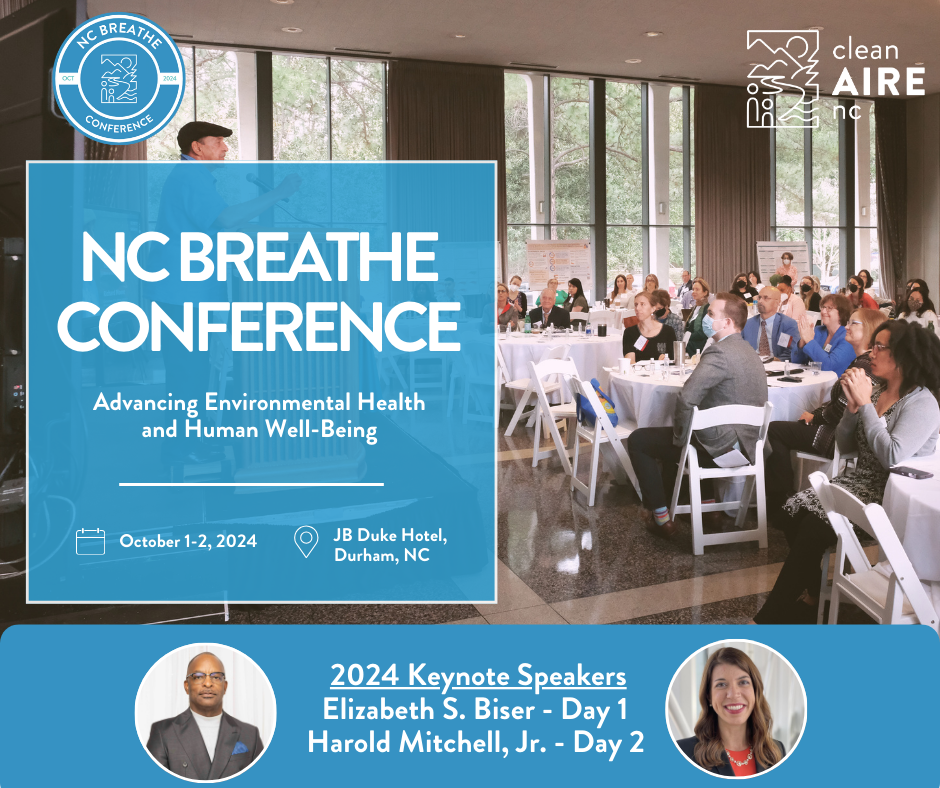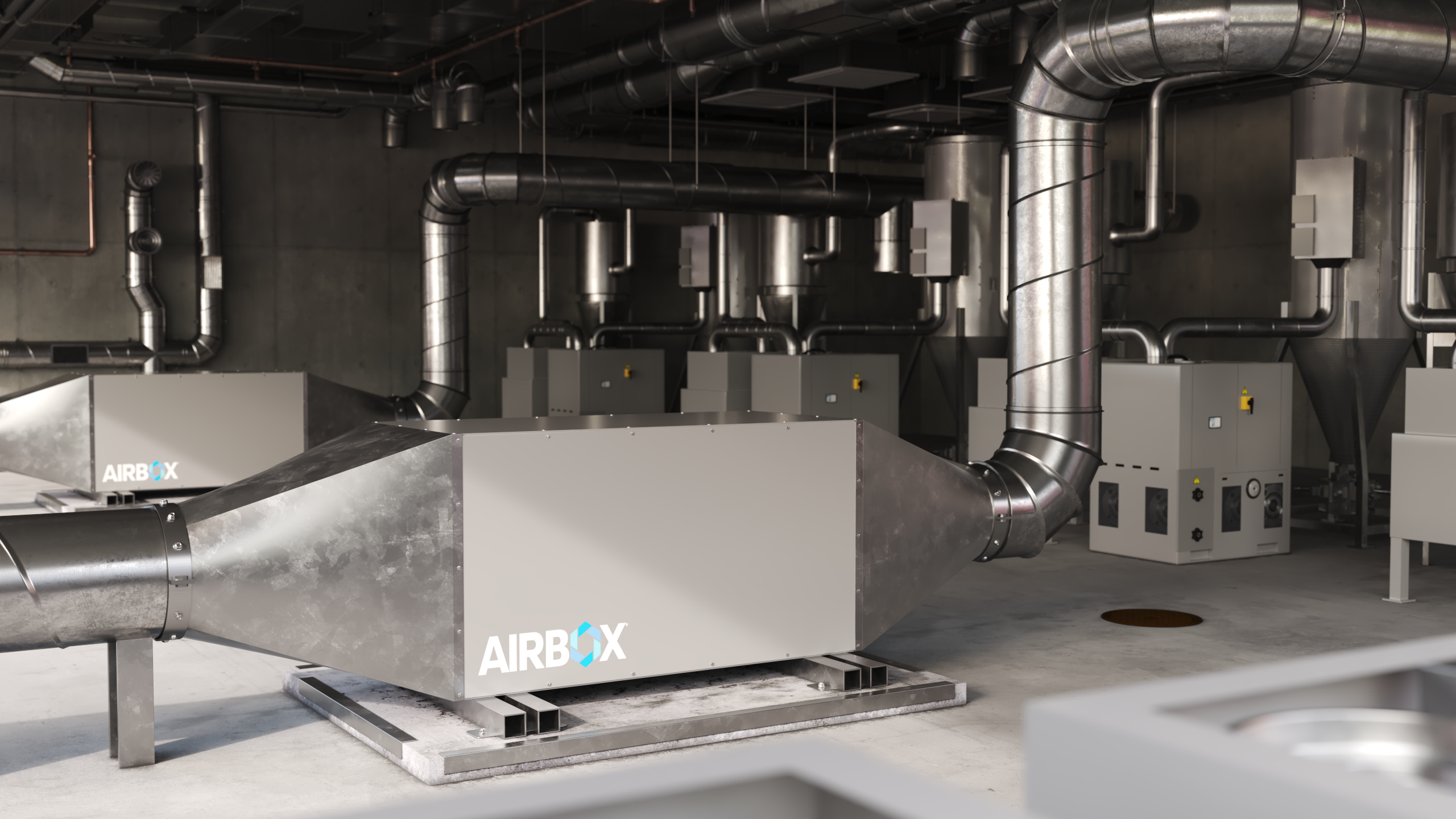Introduction
In the aftermath of the COVID-19 pandemic, educational institutions have faced unprecedented challenges, particularly in ensuring the health and safety of students and staff. The importance of maintaining high indoor air quality (IAQ) in schools has emerged as a critical concern, given its significant impact on reducing the transmission of viruses and enhancing the overall learning environment.
To address this, the U.S. government has stepped forward with pivotal financial support through ESSER (Elementary and Secondary School Emergency Relief) and EPA (Environmental Protection Agency) funding. These initiatives represent a concerted effort to bolster schools’ capabilities in managing IAQ and safeguarding the well-being of their communities.
ESSER and EPA funding are more than just financial aids; they are lifelines that empower schools to undertake comprehensive improvements in IAQ systems, implement cutting-edge health protocols, and adopt innovative educational technologies. With these funds, schools can navigate the complex landscape of post-pandemic recovery and ensure that their environments are conducive to learning and growth.
These funds underscore a growing recognition of the vital role that environmental factors play in educational outcomes. Improved IAQ is linked to better student performance, lower absenteeism, and enhanced cognitive functions — key indicators of a thriving learning community. As schools strive to adapt to the new normal, ESSER and EPA funding provide essential resources for creating healthier, more sustainable environments where students and teachers can excel.
Decoding ESSER: Empowering Schools in the Wake of COVID-19
The ESSER fund has been a cornerstone in the United States’ response to the educational disruptions caused by the COVID-19 pandemic. Introduced as part of the CARES Act in March 2020, ESSER funding was designed to help schools navigate the unprecedented challenges brought on by the pandemic. With subsequent allocations under the CRRSA Act and the American Rescue Plan, the funding has evolved to address both immediate needs and longer-term educational challenges.
This financial aid supports a broad range of activities, from enhancing remote learning capabilities to making necessary adjustments for in-person instruction, including significant improvements in IAQ and upgrading facilities to meet health guidelines.
This progression underscores the federal government’s commitment to supporting educational institutions as they adapt to changing public health conditions and strive to provide uninterrupted learning.
ESSER Funding Allocation and Use
The allocation of ESSER funds is flexible, allowing schools to determine the most effective uses based on their unique circumstances. This includes addressing learning loss, preparing schools for reopening, testing, repairing, and upgrading projects to improve air quality in school buildings.
The broad scope of permissible uses ensures that schools can invest in a wide array of initiatives to benefit students and staff, from mental health services to technology enhancements for online learning.
However, as schools plan their recovery strategies, it’s crucial to be mindful of the deadlines for utilizing ESSER funds. Timely planning and execution of improvement projects are essential to maximize the impact of this funding. By adhering to these timelines, schools can ensure that they leverage ESSER funds effectively to address both immediate and long-term educational challenges, setting the stage for a resilient and inclusive recovery from the pandemic’s effects.
Unlocking the Potential: EPA Funding for School Air Quality
In an effort to complement existing initiatives like ESSER funding, the EPA has introduced a new funding opportunity as a direct response to the urgent need for improved ventilation and air purification in educational facilities across the country and is specifically aimed at enhancing IAQ in schools.
Schools can benefit from eligible projects such as improving indoor air quality and reducing greenhouse gas emissions, alongside capacity building, training and education initiatives, as well as research and demonstration projects. By offering financial assistance for such projects, the EPA aims to address the long-standing issue of indoor air pollution in schools.
The EPA’s funding initiative is designed to support schools in their efforts to identify, monitor, and mitigate air quality issues, thereby promoting the well-being of students and staff alike.
How Schools Can Access EPA Funding
The EPA will award four to six grants of $5 million to $8 million to support five years of school IAQ and energy efficiency activities. The deadline to apply is March 19, 2024 and the grants are expected to be awarded by fall 2024.
Accessing the EPA’s IAQ funding requires schools to navigate a series of application processes and compliance guidelines. Schools are encouraged to conduct comprehensive IAQ assessments to identify specific needs and prioritize projects that will have the most significant impact.
Collaboration with local health departments and adherence to EPA guidelines are crucial steps in developing a strong funding application. Additionally, schools must demonstrate a commitment to maintaining improved IAQ standards over the long term, ensuring that the benefits of funded projects are sustained well into the future.
This funding opportunity represents a pivotal moment for schools to enhance their indoor air quality, a critical component of creating safer and more inviting educational spaces.
By taking advantage of both ESSER and EPA funding, schools can implement comprehensive solutions that address immediate health concerns while laying the groundwork for ongoing environmental wellness.
Strategic Planning for IAQ Success: Utilizing ESSER and EPA Grants
In the quest to create safer, healthier learning environments, schools have a unique opportunity to tap into significant financial resources through ESSER and EPA funding. These funds, earmarked specifically for educational and environmental health initiatives, offer schools the means to undertake necessary improvements in IAQ. However, maximizing these opportunities requires strategic planning, precise identification of needs, and an understanding of how to effectively combine resources from both programs.
Identifying Needs and Planning for IAQ Improvements
The first step in leveraging these funds effectively is to conduct a thorough assessment of the school’s current IAQ status. This involves:
- Identifying potential sources of air pollution,
- Evaluating the efficiency of existing ventilation systems, and
- Determining the need for air purification solutions.
Schools should prioritize projects based on urgency, impact on student and staff health, and alignment with funding guidelines.
Creating a comprehensive IAQ improvement plan with clear objectives and measurable outcomes is essential for successful funding applications and project implementation.
Best Practices for Utilizing ESSER and EPA Funds
To maximize the impact of ESSER and EPA funding, schools should consider a multifaceted approach to IAQ improvements. This includes:
- Upgrading HVAC systems to enhance ventilation
- Installing high-efficiency air filters
- Implementing regular maintenance schedules to ensure long-term effectiveness.
Additionally, investing in portable air cleaners, like AirBox, for high-density areas and adopting indoor air quality management plans can further safeguard against pollutants and pathogens.
Collaboration with stakeholders, including staff, parents, and local health authorities, is crucial in prioritizing projects and ensuring community support. Schools should also explore opportunities for matching funds or in-kind contributions to extend the reach of federal dollars.
By adhering to best practices in project planning and execution, schools can create healthier learning environments that benefit students and staff well beyond the immediate future. This not only addresses the immediate challenges posed by the pandemic but also establishes a foundation for ongoing environmental health and wellness in schools.
Navigating the Maze: Solutions for School IAQ Funding Challenges
Securing and effectively utilizing ESSER and EPA funding presents a unique set of challenges for schools aiming to IAQ. From navigating complex application processes to ensuring compliance with specific use requirements, the path to obtaining and maximizing these funds can seem daunting.
However, with a clear understanding of common obstacles and strategic solutions, schools can overcome these hurdles and realize the full potential of their funding opportunities.
Navigating Funding Hurdles
One of the primary challenges schools face is the intricate application and reporting requirements associated with ESSER and EPA funds. The paperwork can be overwhelming, and the need for detailed planning and budgeting may deter some schools from applying. To navigate these hurdles, schools should seek guidance from state education agencies, utilize available templates and resources for application writing, and consider partnering with consultants who specialize in federal education funding. Establishing a dedicated team to manage the funding process can also streamline applications and ensure compliance with all requirements.
Another challenge is the timing and allocation of funds. Schools must carefully plan their projects to align with funding deadlines and ensure that spending is both strategic and timely. This involves prioritizing projects that meet urgent needs while also considering the long-term sustainability of IAQ improvements. Regular communication with funding agencies to stay informed about deadlines and flexibility in fund usage can help schools manage their projects more effectively.
Ensuring Long-Term Healthy IAQ
For schools to ensure long-term healthy IAQ, ongoing maintenance and monitoring are essential. This requires developing a sustainable plan that includes regular evaluations of IAQ, continued education and training for staff, and engagement with the school community about the importance of air quality. Securing additional funding sources for maintenance or leveraging community partnerships can provide the necessary support for these ongoing efforts.
Despite the challenges, the opportunities presented by ESSER and EPA funding for IAQ improvements are significant. With strategic planning, collaboration, and a focus on long-term success, schools can transform these challenges into stepping stones toward healthier and more resilient educational environments.
Closing Thoughts: The Path Forward with ESSER and EPA Funding
As we wrap up our exploration of ESSER and EPA funding opportunities for improving indoor air quality in schools, it’s clear that these resources represent a pivotal investment in the health and well-being of students and staff. The strategic use of ESSER and EPA funding can catalyze transformative changes in how schools approach indoor air quality, setting new standards for safe, healthy learning spaces.
By addressing current challenges with foresight and innovation, schools can ensure that the benefits of these investments are felt for years to come, enhancing educational outcomes and supporting community well-being.
As schools navigate this path, the lessons learned and successes achieved will undoubtedly serve as a blueprint for future initiatives aimed at ensuring all students have access to a healthy learning environment.
If you’re ready to learn more about utilizing ESSER and EPA funding for improving indoor air quality in your school district.





